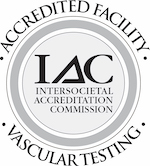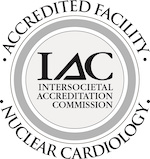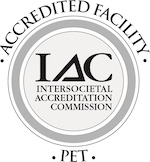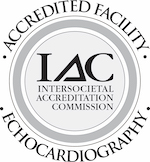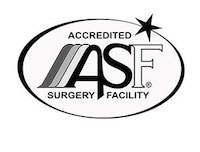Setting the Record Straight About Cholesterol
In most people’s eyes, cholesterol is a bad word. It is the sticky substance that lines your arteries, causes ischemic heart disease and ultimately a full-on heart attack. But, in actuality, cholesterol is an umbrella term alternately describing a component of both the bad and not so bad foods we eat as well as the results of a common blood test.
What cholesterol means when you get a blood test (lipid panel)
You might have been told by your primary care doctor that your cholesterol is normal or elevated. While this top line number is certainly important, there are actually three values that make up that number. LDL or low-density lipoproteins are the bad cholesterol that we want to keep under 100. Another is HDL or high-density lipoproteins or good cholesterol, which should be above 60 and the third are triglycerides which should stay under 150. Take a closer look at these three numbers and ask your doctor to explain how each of the levels can be improved – lowering LDL and triglycerides while increasing HDL.
Cholesterol in what we eat
We also find cholesterol in food. Once again, cholesterol levels do not necessarily paint the entire picture. And there are significant differences between foods high in cholesterol and foods high in cholesterol that are bad for you. Some of the foods that have a good amount of cholesterol but are actually very healthy for you include:
- Shellfish including shrimp
- Fatty fish like salmon
- Avocado
- Eggs (yolks)
- Nuts and flax
- Beans
- Olive oil and more…
Cutting these out for the sake of their cholesterol levels would eliminate some of the healthiest parts of your diet. Many of these foods also contains lots of fat – the good kind known as unsaturated fat. Once again, not all fats are the same and unsaturated fats are critically important to our health, lowering the risk of heart disease and blood cholesterol when they are consumed instead of saturated fat.
The foods that we are looking to avoid are the ones with cholesterol and also lots of saturated fat. Saturated fat is the bad stuff – the stuff that ends up in our blood stream and increases our risk of heart attack or stroke. These saturated fats and bad cholesterols are mostly found in full fat dairy, fried food, butter, fatty red meat and most highly processed foods. They are often loaded with sugar and salt as well, none of which are beneficial to the heart.
Use Nutrition Labels
Fortunately, nutritional labels are found on just about every processed food and as a result, we can make educated choices about what we consume. Interestingly, you will find that different brands of the same food may have wildly different nutritional values, some with significantly more sugar, fat, cholesterol and salt as well. When in doubt, try making it at home with fresh ingredients. Not only is it difficult to fill a homemade dish with as much saturated fat/cholesterol as there is in the processed equivalent, but you may also develop a love for cooking all the while improving your health.
Restaurants and Eating Out
Beyond grocery store shopping, a significant source of saturated fat and bad cholesterol can be found in restaurants. Fast food joints and all the fried items available there are usually first to be blamed. But even fast casual and fine dining establishments often use more oil, butter, salt and sugar than you would ever want to consume in the entire day, let alone in one meal. Further, portion sizes have increased dramatically, making it even harder to control our consumption when eating out.
Before ruling out all cholesterol from your diet, consider taking a look at the list above and incorporating more of the good cholesterol items, while eliminating some of the risk inducing culprits.

